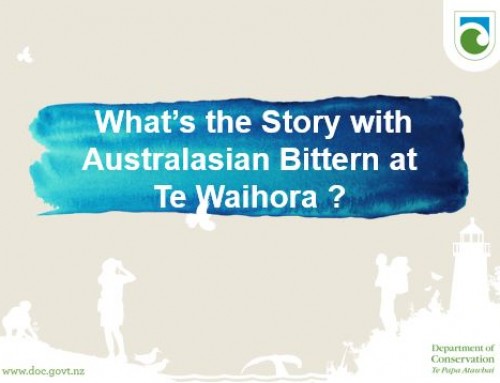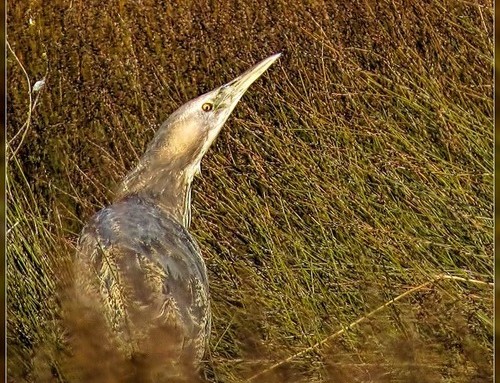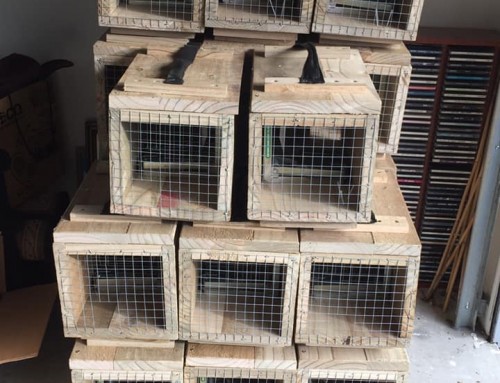Environment Canterbury will notify Variation 1 of the proposed Canterbury Land and Water Regional Plan for consultation on Saturday February 22, 2014.
“People in Canterbury can take heart from the way Variation 1 has been shaped through a community-led process taking into account a wide range of values,” said Environment Canterbury Commissioner Peter Skelton.
“It represents more than three years of considerable time and personal contributions from hundreds of people with an interest in water issues and the condition of Te Waihora/Lake Ellesmere.”
Variation 1 is the first change to the proposed Canterbury Land and Water Regional Plan (on which decisions were notified on 18 January 2014) and it reflects recommendations from the Selwyn Waihora zone committee as part of the collaborative Canterbury Water Management Strategy.
“While collaboration has presented challenges, it has allowed differing perspectives to be taken into account and gives us confidence that the solutions proposed by the zone committee will be enduring and acceptable,” said Professor Skelton.
There are three components of the solutions package developed by the zone committee – lake restoration, the use of alpine water to replace groundwater, and improvements to water quality.
The Variation proposes water quality and quantity limits, targets, policies and rules to achieve the zone committee’s vision of restoring the mauri of Te Waihora/Lake Ellesmere while maintaining a viable land-based economy and prosperous communities. It also addresses over-allocation of water quantity and quality as required by the National Policy Statement for Freshwater Management.
“The notification of Variation 1 and the call for submissions marks a significant achievement for all involved – the zone committee, Ng?i Tahu, other councils and agencies, industry and advocacy groups, as well as hundreds of individuals with an interest in the catchment.
“Achieving consensus on a package of solutions and a way forward is a real milestone in what is one of the most challenging water management catchments in the country,” said Professor Skelton.
Variation 1 was developed in accordance with the Te Waihora Co-governance agreement between Environment Canterbury, Te R?nanga o Ng?i Tahu, and the Te Waihora Management Board.
Key features of Variation 1
For the Selwyn Waihora catchment Variation 1 includes:
- Recognition of Te Waihora as a Ng?i Tahu cultural landscape
- Requirements that farming activities prepare Farm Environment Plans that cover: irrigation efficiency, nutrient use, soil management, collected animal effluent management, livestock management at good management practice as well as managing impacts on cultural sites and values.
- Catchment limits around losses of nitrogen from farming activities, community sewage and industrial and trade activities.
- Requirements that farming activities achieve good management practice nitrogen loss rates from 2017.
- Where loss rates are more than 15 kilogram per hectare per year from 2022 farming activities must further reduce nitrogen losses (ranging from 30% for dairy to 7% for arable).
- Changes to water allocation limits and allocation zone boundaries, minimum flow restrictions for takes from surface water and the transfer of water.
Amendments are also made to policies and rules (Section 9 Christchurch West Melton, Section 11 Selwyn Waihora) to formalise the groundwater management regime operating in the West Melton Special Zone and stormwater management in the Halswell catchment.




